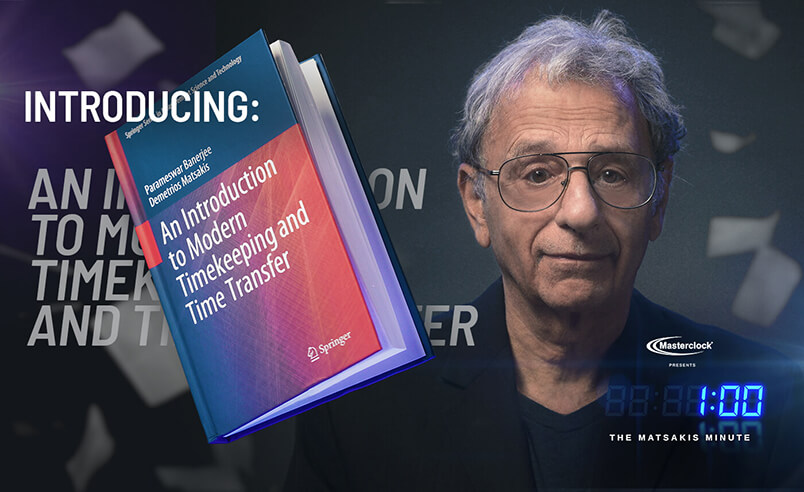Industry Literature - December 21, 2016
Accurate timing and synchronization can be accomplished in many ways. While your specific choice of technique depends on your requirements, adhering to proven standards make your systems more practical, robust, and scalable. Here’s why you may want to consider employing IRIG-B time codes.
What is IRIG-B Time Code?
A Quick Introduction to IRIG-B
Inter-Range Instrumentation Group, or IRIG, time codes have been around since the 1960s when they were first introduced as part of a U.S. Army standard. Since then, they’ve undergone numerous updates and modifications. Today, they include a number of letter designations including the IRIG-B format, which is distinguished by its 100 PPS bit rate.
IRIG-B time code is most commonly employed to facilitate the synchronization of devices like breakers, relays, switches and other components that play roles in power generation and distribution. You may also encounter IRIG-formatted signals in conjunction with radio wave and atomic frequency devices.
IRIG Time Code Basics
Typical IRIG standards employ DC signals that are level shifted from high to low or vice-versa in time with a constant reference signal. This format also allows signals to be distributed as amplitude modulated sine waves. Alternatively, the data can be Manchester encoded for applications where it might be necessary to recover the clock signal from the waveform instead of relying solely on the suffix contained within the data itself.
IRIG time code information is delivered in frames that are separated by position indicator bits. In the B format, each one-second frame consists of 100 data bits. These bits are divided into the following three sections:
- A binary-coded decimal, or BCD, group that tells the time within the current year,
- A control function, or CF, group that includes extra data, and
- A straight binary seconds, or SBS, group containing the number of elapsed seconds in the current day.
IEEE 1344 Improvements
When the IEEE 1344 standard was adopted in 2004, it specified extra position-based bit designations within the IRIG-B framework’s CF group. CF data includes essential information like:
- Years
- Daylight Saving Time
- Local time zone offset values
- Leap seconds
- Clock quality indicators that reflect the reliability of the time source
This level of detail permits a significant amount of precision. For instance, users can employ time codes to facilitate the remote operation of distributed power grid switches synchronously or in sequence. They can also use the CF section’s extra bits for custom purposes. During routine operations, IRIG time codes may also improve the accuracy of system-wide logging and data analysis.
Putting IRIG-B to Good Use
IEEE 1344 standards leave many details up to the user. For instance, you can pick your poison when it comes to transmission methods. With the right hardware, it’s possible to design a custom implementation for almost any purpose. Your IRIG-B time code generator may rely on simple coax or twisted-pair cables running at 5V. Or, you might set up a more complex framework that employs 24 V signals or well-known serial communication standards, like RS-232.
In the end, your choice depends on what’s best suited to your application. While it’s smart to consider options like fiber optics, which may be better for integration with GPS and other timing architectures, you should always select system components that satisfy your fiscal and operational goals. Contact us today to find the right product for your application.
Return to Knowledge Center to learn more.

